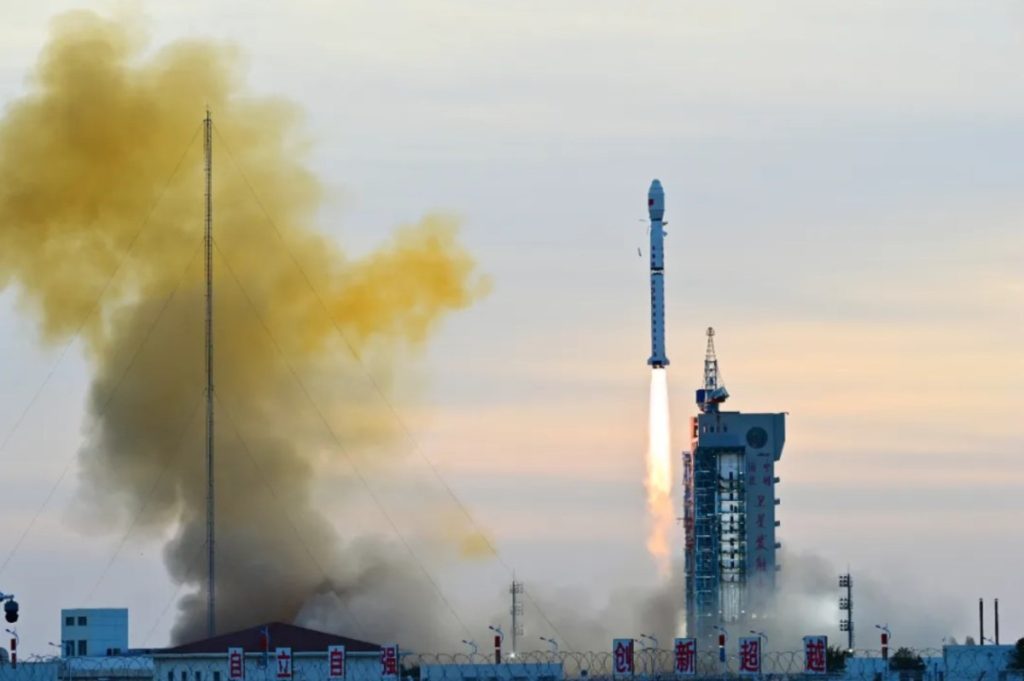MILAN — China added a fifth Gaofen-12 satellite to its national Earth observation system Tuesday, while providing no details regarding its capabilities.
A Long March 4C rocket lifted off at 7:45 p.m. (2345 UTC) from Jiuquan Satellite Launch Center in the Gobi Desert. The Shanghai Academy of Spaceflight Technology (SAST) confirmed launch success and revealed the payload to be Gaofen-12 (05).
The satellite successfully entered its predetermined orbit, according to the SAST statement. It is likely to join the four existing Gaofen-12 satellites in roughly circular 630-kilometer-altitude orbits inclined by 98 degrees, indicating a sun-synchronous orbit.
The Gaofen-12 (05) (“High resolution-12 (05)”) satellite is nominally part of the civilian China High-resolution Earth Observation System (CHEOS). CHEOS satellites are equipped with different imaging technologies such as optical, infrared and synthetic aperture radar (SAR).
The first Gaofen satellite was launched in 2013. The CHEOS system aims to provide all-time, all-weather Earth observation coverage. Commercial Chinese Earth observation constellations, notably optical and SAR, have since emerged in China, adding to comprehensive remote sensing coverage.
Chinese state media reported the Gaofen-12 (05) satellite will be used in a variety of fields including land surveys, urban planning, road network design, crop yield estimation and disaster relief.
The lack of publicly available information, however, suggests the satellite could be in part intended for military customers. It could also be a civilian counterpart to a Yaogan satellite used for military applications.
Resolution capabilities and other information has been published for lower numbered Gaofen series satellites. However, information for Gaofen satellites numbered 8 and above has not been openly released, suggesting the satellites are for national defense purposes.
Gaofen-11 satellites are believed to have an aperture of around 1.5 meters. They are able to deliver optical imagery at a resolution on the order of 10 centimeters, according to the Chinese Society for Geodesy, Photogrammetry and Cartography.
Tuesday’s mission was China’s 49th orbital launch attempt of 2024. It followed the launch of a second group of 18 satellites for the Qianfan/Thousand megaconstellation. The project aims to put around 14,000 flat panel communications satellites into low Earth orbit.
China is preparing to send the Shenzhou-19 crewed mission to the Tiangong space station around the end of October. Three as yet unknown astronauts will join the Shenzhou-18 crew aboard Tiangong and take over residency of the space station. The Tianzhou-8 cargo resupply mission is expected to follow in November, launching on a Long March 7 rocket from Wenchang.

